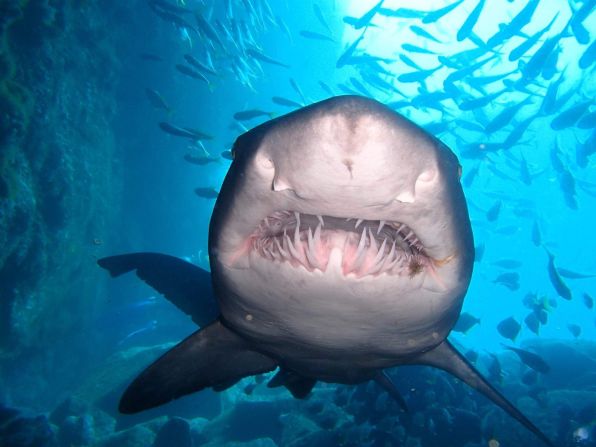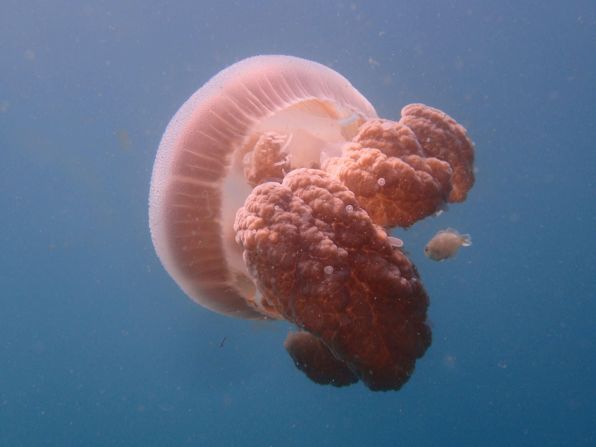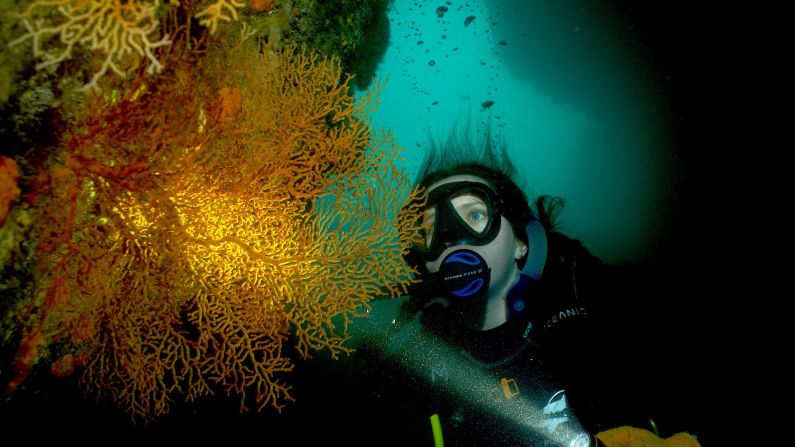Protecting Fish Rock and Its Marine Ecosystem
Fish Rock, located in the South Pacific Ocean north of Sydney, Australia, is more than just a diving hotspot; it plays a vital role in marine conservation. Therefore, safeguarding this underwater cavern is essential for both the local gray nurse shark populations and the broader marine ecosystem.
Importance of Fish Rock for Gray Nurse Sharks

Known for their unique aggregation during seasons, gray nurse sharks rely on Fish Rock for shelter and sustenance. However, habitat loss and overfishing have led to their alarming decline. This critically endangered species requires immediate protection to ensure its survival.
The Unique Ecosystem of Fish Rock

The ecosystem surrounding Fish Rock is remarkable, featuring vibrant coral reefs and diverse marine life. Protecting such ecosystems is crucial, not only for the sharks but also for maintaining biodiversity that includes various other species.
Challenges Facing Fish Rock

Moreover, unrestricted fishing near Fish Rock presents significant challenges. Incidental catch, or bycatch, has devastating effects on gray nurse shark numbers. Consequently, implementing a no-fishing zone is vital for the protection of these sharks.
Community Action for Conservation

Youth-led initiatives are pivotal in driving change. For instance, Shalise Leesfield, an Australian teenager and avid diver, advocates for the establishment of a no-fishing zone around Fish Rock, ensuring its preservation for future generations.
Conclusion: The Future of Fish Rock
In conclusion, acting to protect Fish Rock is imperative to bolster the fragile gray nurse shark populations and preserve the unique marine environment. Conservation efforts led by community members, including young advocates like Shalise Leesfield, play a crucial role in this endeavor.




